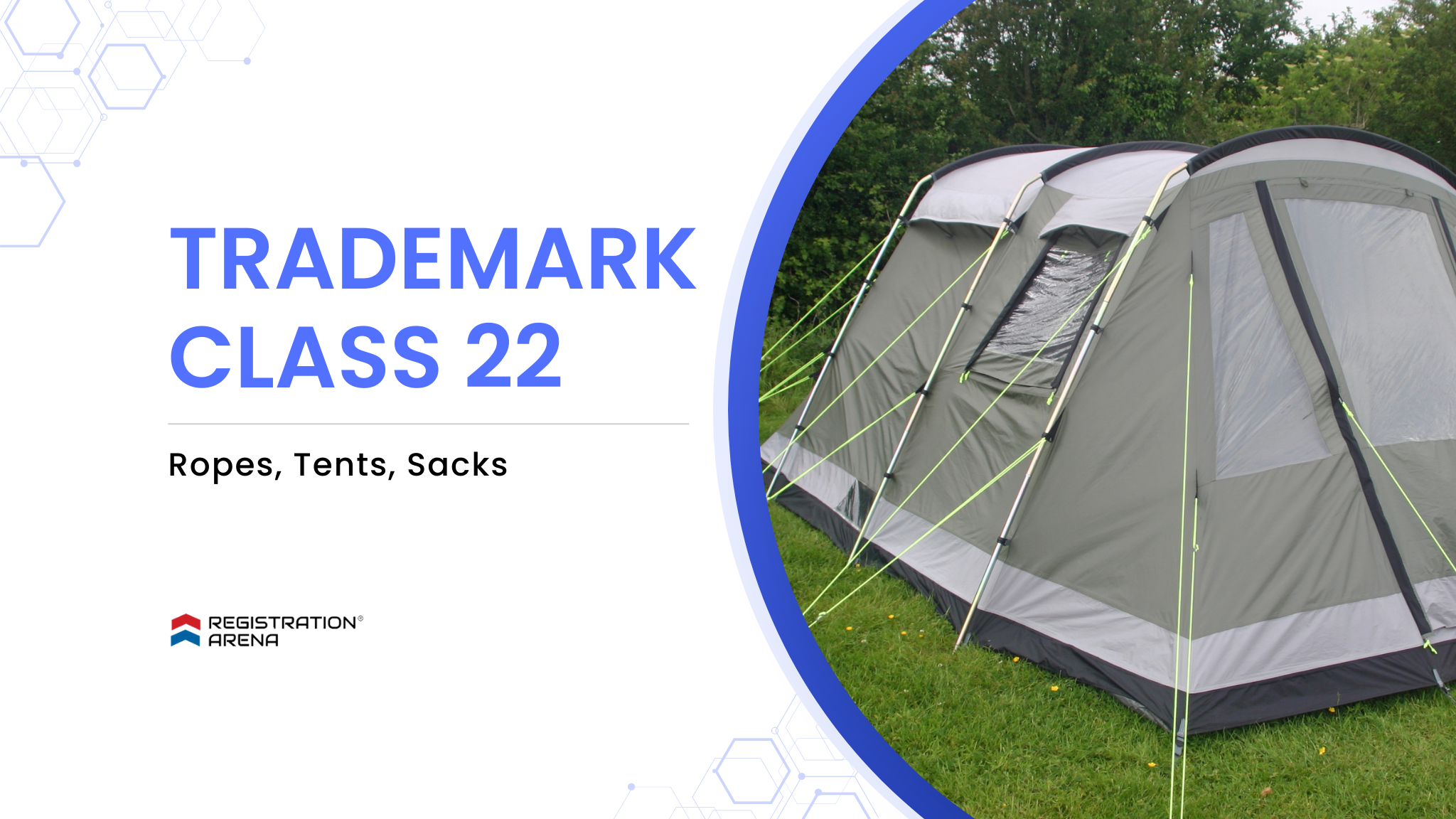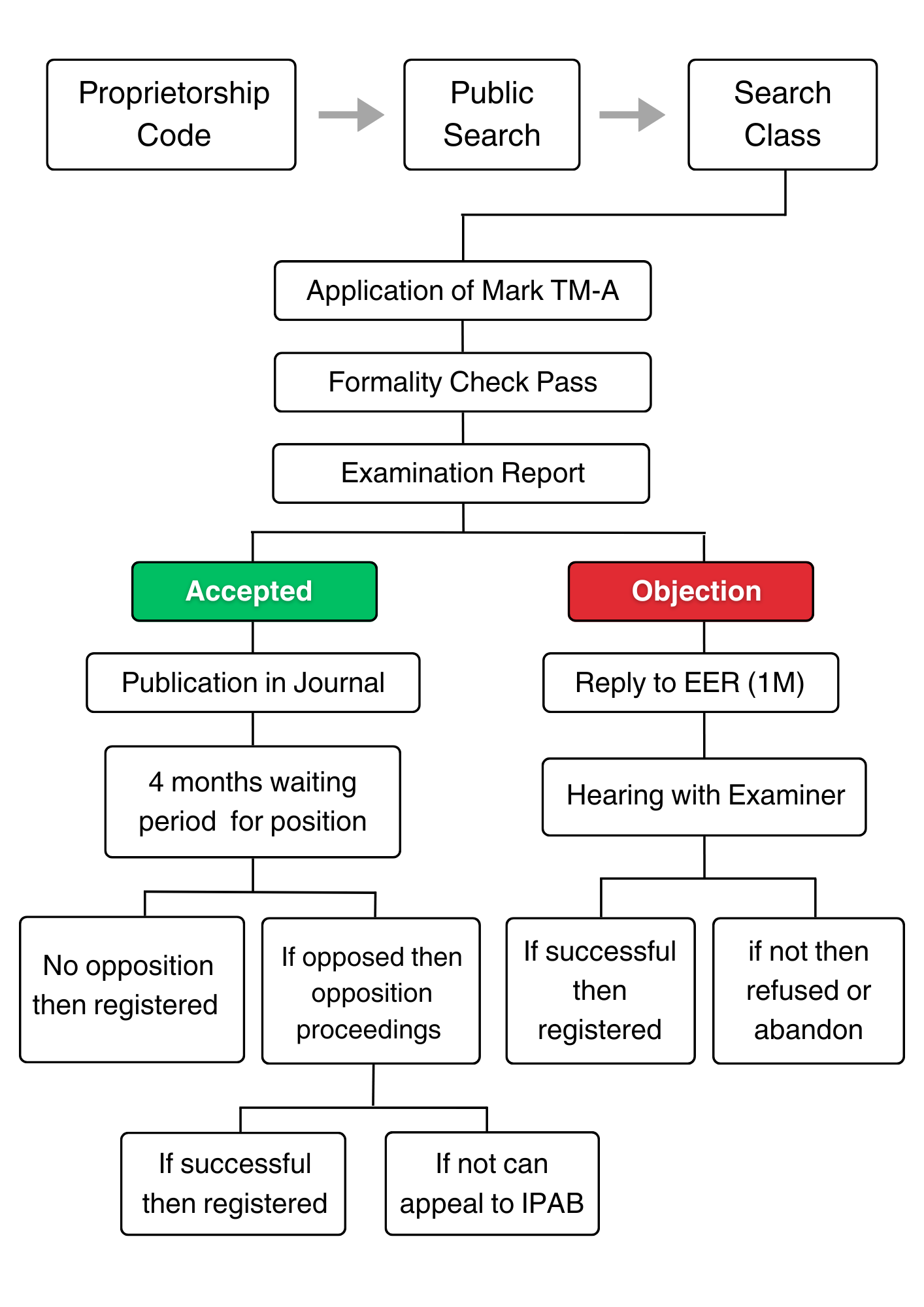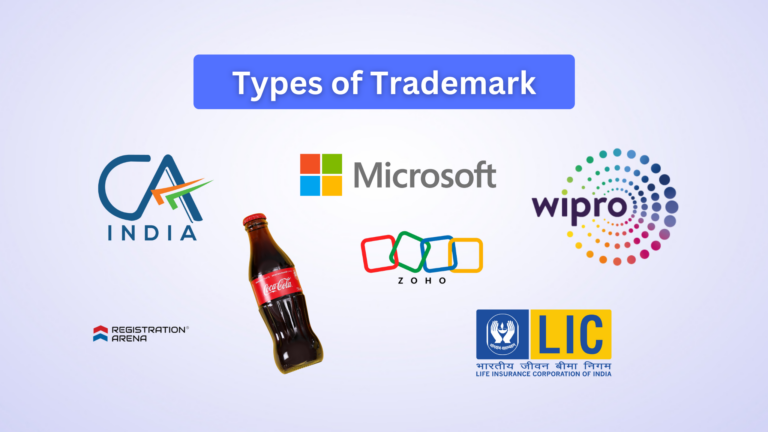Introduction to Trademark Class 22
Trademark Class 22 is a category focused on resilience, including a range of materials valued for their strength, durability, and versatility. From ropes that secure structures to fibers that form textiles, this class offers the essential materials used across various industries, such as construction and textiles, to create structures, fabrics, and products that are built to last.
This class encompasses a wide range of materials that are strong, durable, and versatile such as Ropes and string; nets; tents and tarpaulins; awnings of textile or synthetic materials; sails; sacks for the transport and storage of materials in bulk; padding, cushioning and stuffing materials, except of paper, cardboard, rubber or plastics; raw fibrous textile materials and substitutes therefor.
It mainly includes canvas and other materials for making sails, rope, padding, cushioning and stuffing materials, and raw fibrous textile materials.
Let us discuss the products covered under Trademark Class 22 briefly:
a. Ropes and Cordage: This includes ropes and cords used for a variety of purposes, ranging from sailing to industrial applications.
Example: Kohinoor Rope is a prominent manufacturer, exporter, and supplier of ropes, serving various industries including construction, shipping, fishing, and sports.

b. Tents and Tarpaulins: This covers materials used for temporary shelters, including tents and tarps.
Example: Coleman is a well-known brand that offers a wide range of outdoor and camping gear, including tents.

c. Fibers for Textiles: This includes raw fibrous materials like cotton, wool, flax, etc that are essential for creating textiles, clothing, and fabrics.
Example: Raymond Group, an Indian fabric and fashion retailer known for its high-quality fabrics and textiles, including various types of fibers.

d. Netting and Sacks: This includes nets for fishing, sports, and other purposes, as well as sacks designed for containment, storage, and transportation purposes.
Example: Kassim Nets is a brand in India offering various types of nylon fishing nets such as monofilament fish nets, multifilament fishnets in different colors, sizes & diameters, etc.

e. Synthetic Fibers: This includes synthetic fibers designed for specific properties, such as enhanced strength or flame resistance.
Example: Reliance Industries Limited (Recron) is a leading producer of polyester fibers used in textiles, home furnishings, and industrial applications.

Inclusions and Exclusions under Trademark Class 22
Trademark Class 22 covers a wide range of products as discussed above. Below is a detailed breakdown of the specific items included and excluded from this classification.
Specific Inclusions in Trademark Class 22:
✔ Cords and twines made of natural or artificial textile fibres, paper, or plastics.
✔ Commercial fishing nets, hammocks, rope ladders.
✔ Certain sacks and bags are not otherwise classified by function or purpose, for example, mesh bags for washing laundry, body bags, and mail bags.
✔ Packaging bags of textiles.
✔ Animal fibres and raw textile fibres, for example, animal hair, cocoons, jute, raw or treated wool, and raw silk.
Specific Exclusions in Trademark Class 22:
✘ Metal ropes (Class 6).
✘ Strings for musical instruments (Class 15) and for sports rackets (Class 28).
✘ Padding and stuffing materials of paper or cardboard (Cl. 16), rubber, or plastics (Class 17).
✘ Certain nets and bags are classified according to their function or purpose, for example, safety nets (Class 9), luggage nets for vehicles (Class 12), garment bags for travel (Class 18), hair nets (Class 26), golf bags (Class 28), nets for sports (Class 28).
✘ Packaging bags, not textiles, which are classified according to the material of which they are made, for example, packaging bags of paper or plastics (Class 16), of rubber (Class 17), and leather (Class 18).
Steps involved in registering Trademark under Class 22
Initial Trademark Search for Trademark Class 22
Before starting with the registration process under Trademark Class 22, a detailed Trademark Search is required to be conducted to ensure that the proposed trademark is unique and does not conflict with existing trademarks under Trademark Class 22. Search can be carried out online through the official website of the Trademarks Registry (https://tmrsearch.ipindia.gov.in/tmrpublicsearch).
Prepare and Draft the Trademark Application for Trademark Class 22
For preparing and drafting the trademark application form (TM-A), the following information and documents are required to be collated:
- A clear representation of the trademark
- Details of the applicant, including name, address, and nationality
- Description of goods or services associated with the trademark
- Date of first use (if applicable)
- Power of Attorney (if filed through an attorney)
- Digital Signature of the Applicant
The application can be filed online through the official website or a physical application can be submitted at the nearest Trademarks Registry office.
Submit the Application for Trademark Class 22
The trademark application can be submitted online or offline by paying the requisite fees. The fee varies depending on whether you’re an individual, a startup, a small enterprise, or a large corporation.
Examination by the Trademarks Registry
The Trademarks Registry will review the application to ensure it complies with the relevant laws and regulations. They will assess the distinctiveness of the mark, potential conflicts, and other requirements.
Publication in the Trademarks Journal
If the Registrar finds no objections or issues with your application, your trademark will be published in the Trademarks Journal. This publication allows interested parties to oppose the registration within a specific period (usually four months).
Objection and Opposition Period
During the publication period, objections or oppositions can be filed by third parties against the proposed trademark. If an objection is filed, the opportunity to respond shall be granted.
Registration Certificate of Trademark Class 22
If there are no valid objections or if you successfully resolve any objections, the Registrar will issue a Certificate of Registration for trademark under Class 22. This certificate confirms your exclusive rights to the mark within Trademark Class 22.
Detailed List of goods classified under Trademark Class 22
A
|
B
|
C
|
D
|
E
|
F
|
G
|
H
|
J
|
K
|
L
|
M
|
N
|
O
|
P
|
R
|
S
|
T
|
U
|
V
|
W
|
Z
|
Conclusion on Trademark Class 22
Trademark Class 22 encompasses a wide range of products such as ropes, string, nets, tents, awnings, tarpaulins, sails, sacks, bags (not included in other classes), padding and stuffing materials (except for rubber or plastics), and raw fibrous textile materials used in various industries, such as construction, agriculture, shipping, and textiles.
As innovation advances, proper classification and trademark protection under Class 22 is vital for establishing brand recognition and reliability.
For businesses operating in products such as ropes, tents, sacks, etc. securing a trademark in Class 22 is essential to distinguish themselves in a competitive market and reflect its commitment to quality. To explore other trademark classes, refer to the ” Trademark Class List 1 to 45 ” Ensure your trademark is protected with expert assistance from Registration Arena.
Contact us today to start the Trademark Registration process in India smoothly and efficiently.










